St Kilda
The archipelago of St Kilda consists of the westernmost islands of the Outer Hebrides of Scotland. Located in the North Atlantic Ocean, about 60 km northwest of the nearest inhabited islands of the Outer Hebrides, these isolated islands originated from a volcanic rim. Millions of years of topographical ravaging have bestowed the islands with the unique jagged and dramatic appearance we see today. The islands of Hirta, Soay and Dun form the main part of the archipelago while Boreray located at a distance of 6 km to the west along with its adjoining sea stacks, make up the rest. St Kilda has the highest sea cliffs in the whole of Europe and is home to a rich population of rare and endangered bird species making it a significant focus for natural conservation. In fact, St Kilda is one of the few places in the world to hold a dual status as a UNESCO World Heritage Site for both cultural and natural significance.
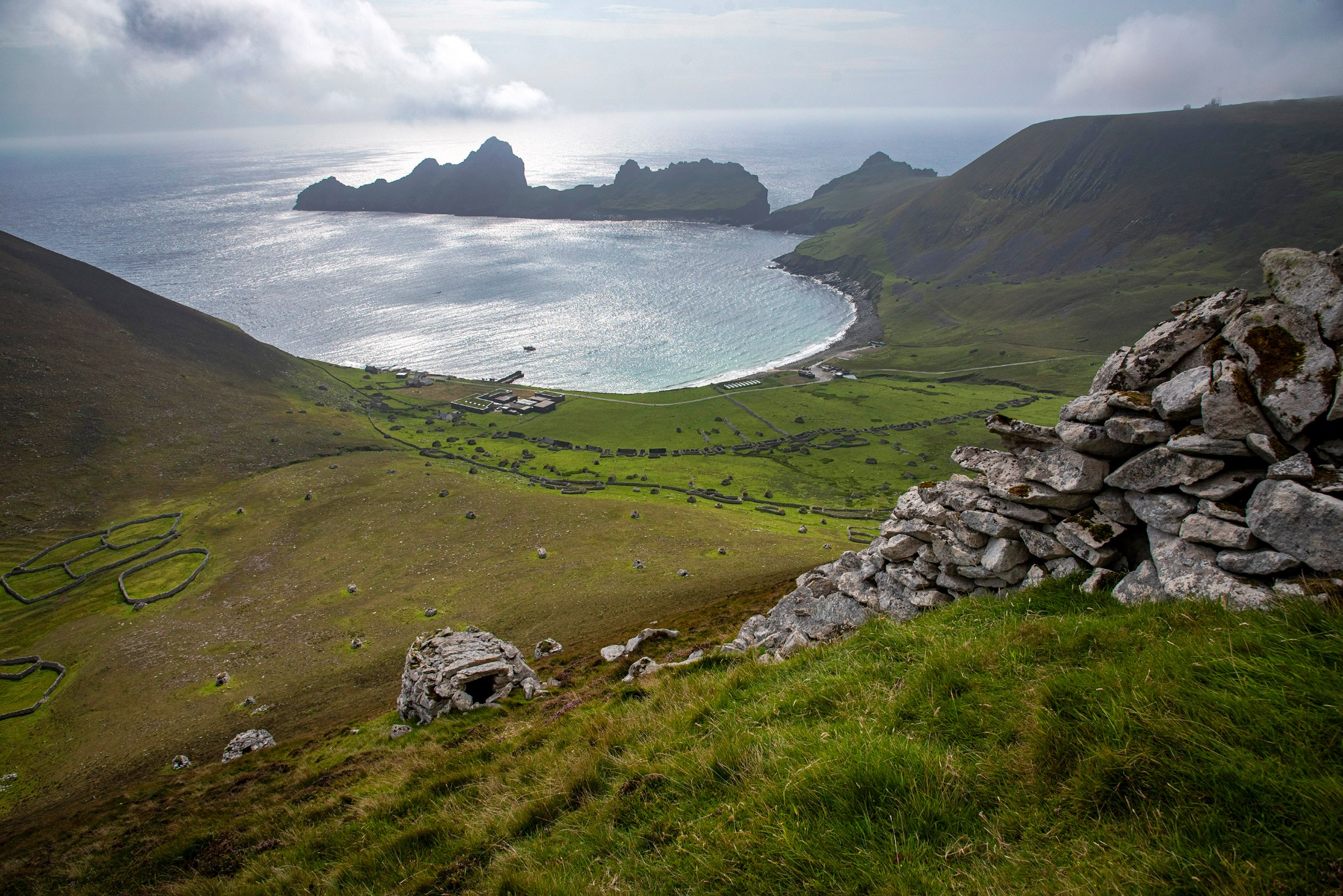
A fascinating history
Despite its remote location and seemingly inhospitable environment, humans have inhabited St Kilda for over 2000 years. Surrounded by sheer rocky cliffs, the grassy slopes of Hirta provided shelter and an inexhaustible source of food on its cliffs. The islanders climbed the sheer rock faces to collect prized bird eggs and chicks. On the ground, the hardy breed of Soay sheep, indigenous to the islands, were reared for their wool. They built houses by stacking stones in the absence of trees and hence wood. Dome-shaped basic huts called cleits were built for storage and shelter for sheep. Over 1,200 cleits still remain dotting the islands in various stages of disintegration. The island community thrived and at its peak, their population reached about 200.
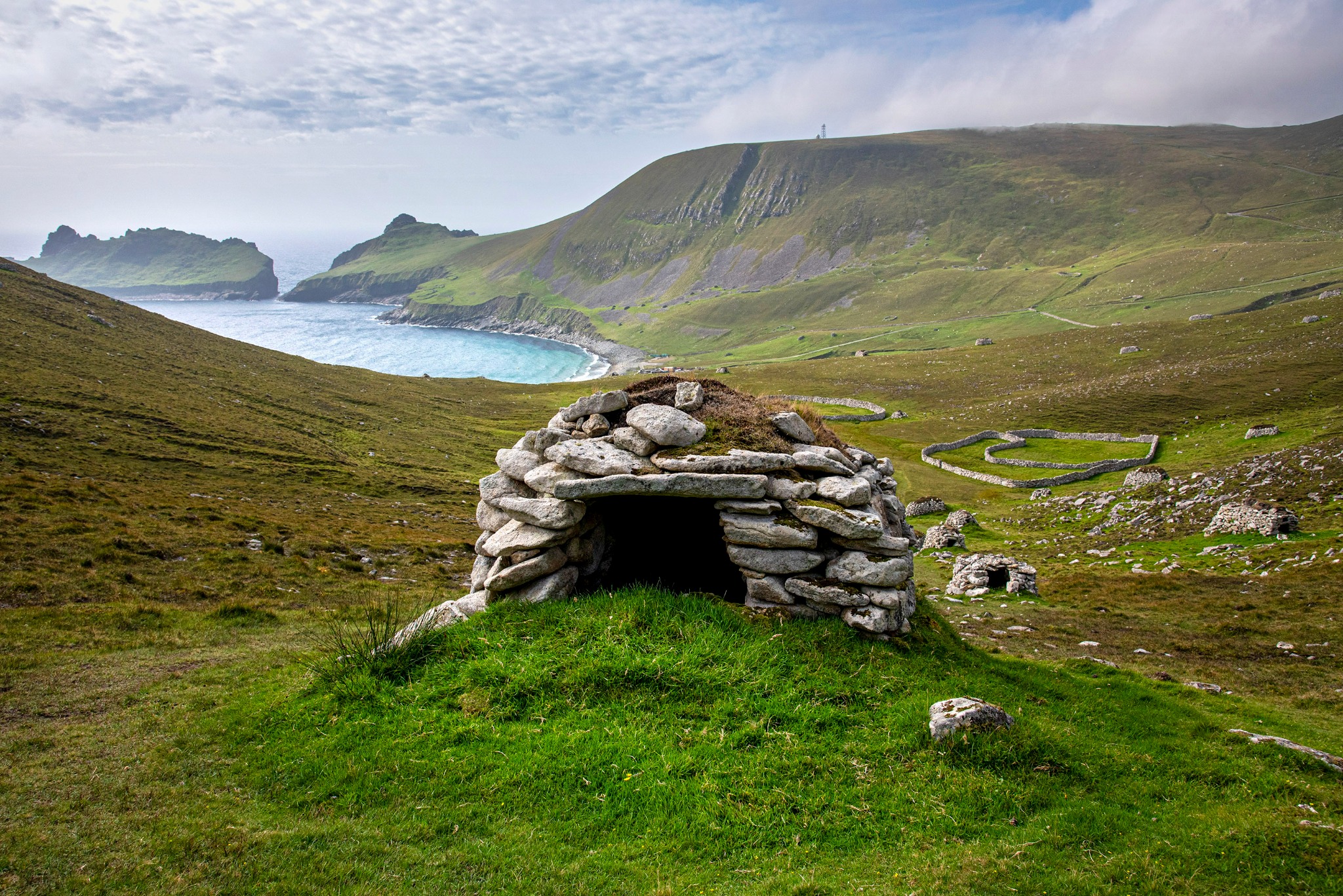
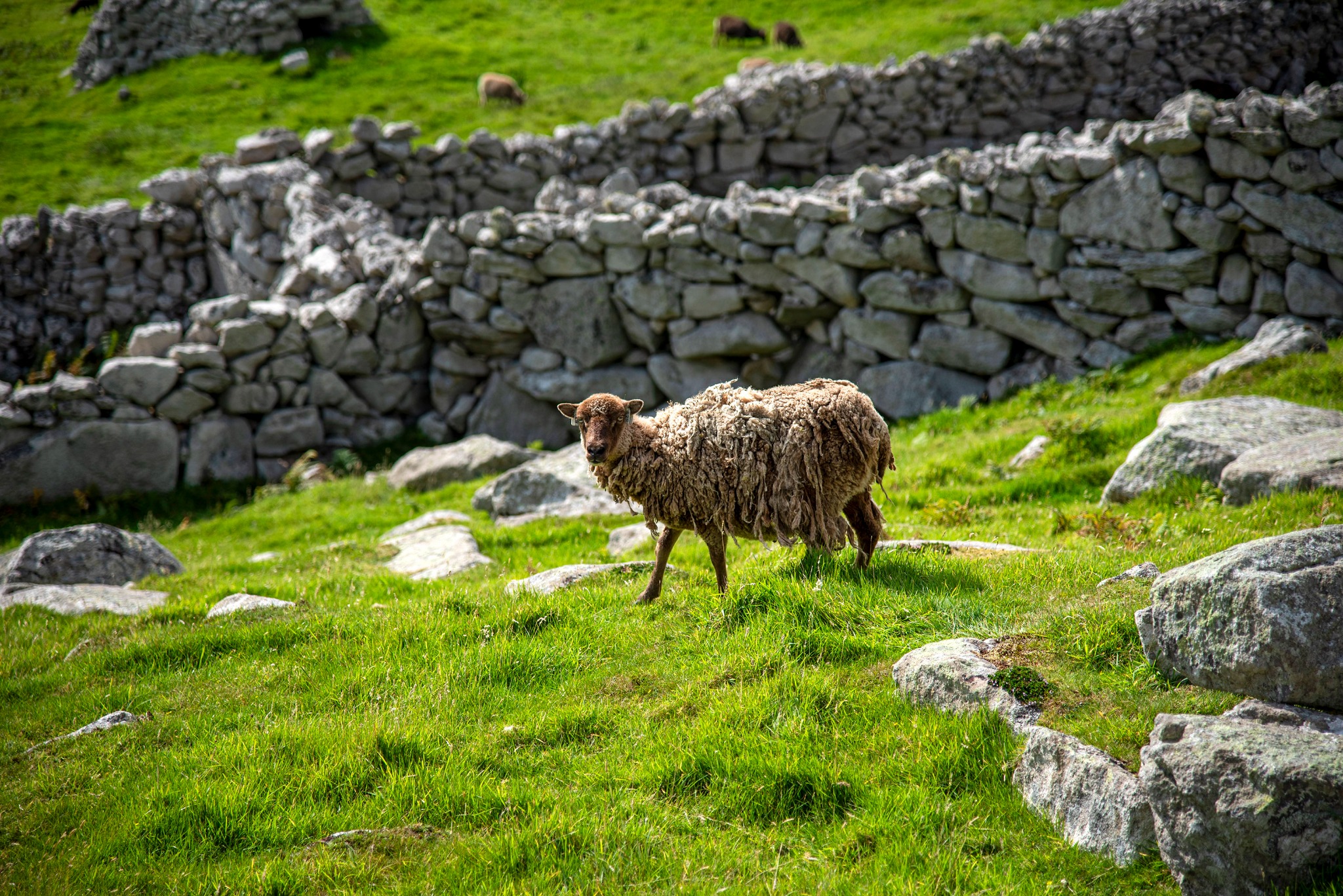
1877 saw the first visitors arriving on the island and it was the start of a series of events that would permanently change its future. With contact established with the outer world, the villagers started to rely more and more on external support as trade flourished. This also resulted in an increase in infectious diseases among the islanders, already rendered susceptible by a lack of genetic diversity caused by generations of inbreeding. Gradually, a community that had thrived through hardships for thousands of years couldn't sustain their primitive lifestyle anymore and eventually in 1930, the village of 39 inhabitants requested to be evacuated. With the island abandoned, all that was left was evidence of a past civilisation. The story runs that, on relocation to the Isle of Skye, the villagers were fascinated by this alien object called trees, having seen only grass and heather grow back in their rugged homeland.
During the Second World War, a radar station was installed at St Kilda and the military installations continue to exist under private civilian maintenance to this day. The island is owned by the National Trust of Scotland (NTS), who have a small team living on the island during the summer months carrying out research and maintenance work. Permission is required from the warden for disembarking on the island with a daily limit on the number of visitors to preserve the fragile ecology of the place.
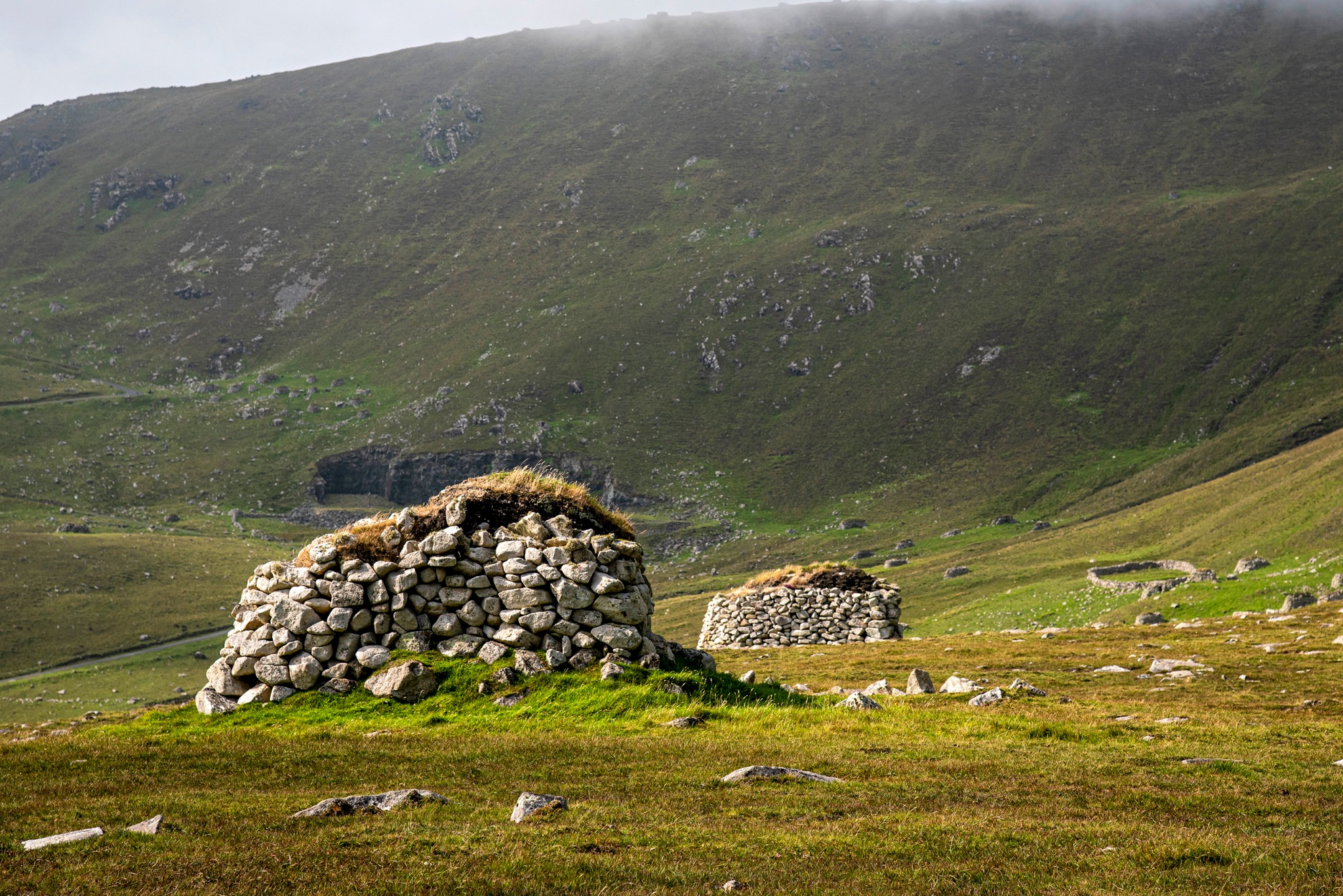
Visiting St Kilda
It may have been through a BBC documentary that I first came to know about St Kilda. Despite a burning desire to visit this fascinating remote land in the middle of nowhere, the cost and the time requirement remained a deterrent. Apart from a few authorised cruise ships that make scheduled halts on the island, the only way visitors can reach St Kilda is through pre-booked sailings. Sea Harris and Kilda Cruises run regular trips from Levenburgh, on the Isle of Harris during the summer months and these trips are fully booked months in advance. The uncertainty of the Atlantic weather adds to this demand since frequent cancellations are common. The boat companies keep a buffer day for every sailing to ensure safety in the open seas.
I was visiting the isles of Harris and Lewis last summer and St Kilda wasn't on the cards as I was certain about the lack of availability. Then one day, just by chance, flicking through the Sea Harris website, I discovered a single space during the week. Immediately I grabbed the opportunity.
The Atlantic weather never disappoints. On the day of the sailing, fierce winds hit the Atlantic coast resulting in massive swells and the trip had to be called off. It was not the sailing that the captain was worried about, but rather the disembarking. Larger boats are not allowed to moor on the island due to biosecurity reasons. Hence, it requires transferring to a tender to take passengers ashore, and the manoeuvre could easily end in a disaster for the inexperienced.
Thankfully, the weather settled enough on our reserve day for our 16-member group to set sail. For me, the sea conditions were still rough.
After about 2 and a half hours since setting sail from Levenburgh, we anchored at Village Bay on Hirta. With faster and safer modern-day boats, such challenging journeys have become extremely convenient and comfortable. The disembarking, though scary, was thankfully uneventful and all the passengers made it to land, dry and safe despite the swells. After a briefing from the warden, we were free to walk around the island. We had 4 hours to explore before we were to gather at the meeting point. The instructions from the warden were simple and clear. Be mindful of the special place we were in and be respectful in our actions as responsible visitors.
Though windy, it was a glorious day all around. However, the islands have their own micro-weather systems that create local clouds and mist. The strong sun with strong UV made photography incredibly difficult. I was fighting against the harsh shadows and the veil of haze floating all around. Exploring the remote and exposed landscape with its heather-covered hills and a sheer drop of hundreds of metres to the sea, one couldn't help wondering why and how anyone could call this home. As I stood on the edge of the cliff, all I could see was the vast expanse of water interrupted only by the dramatic cliffs of Boreray in the west. It was a beautiful, sunny, Scottish summer day. The picture on a bleak day facing the ferocity of an Atlantic storm would be far less enchanting.
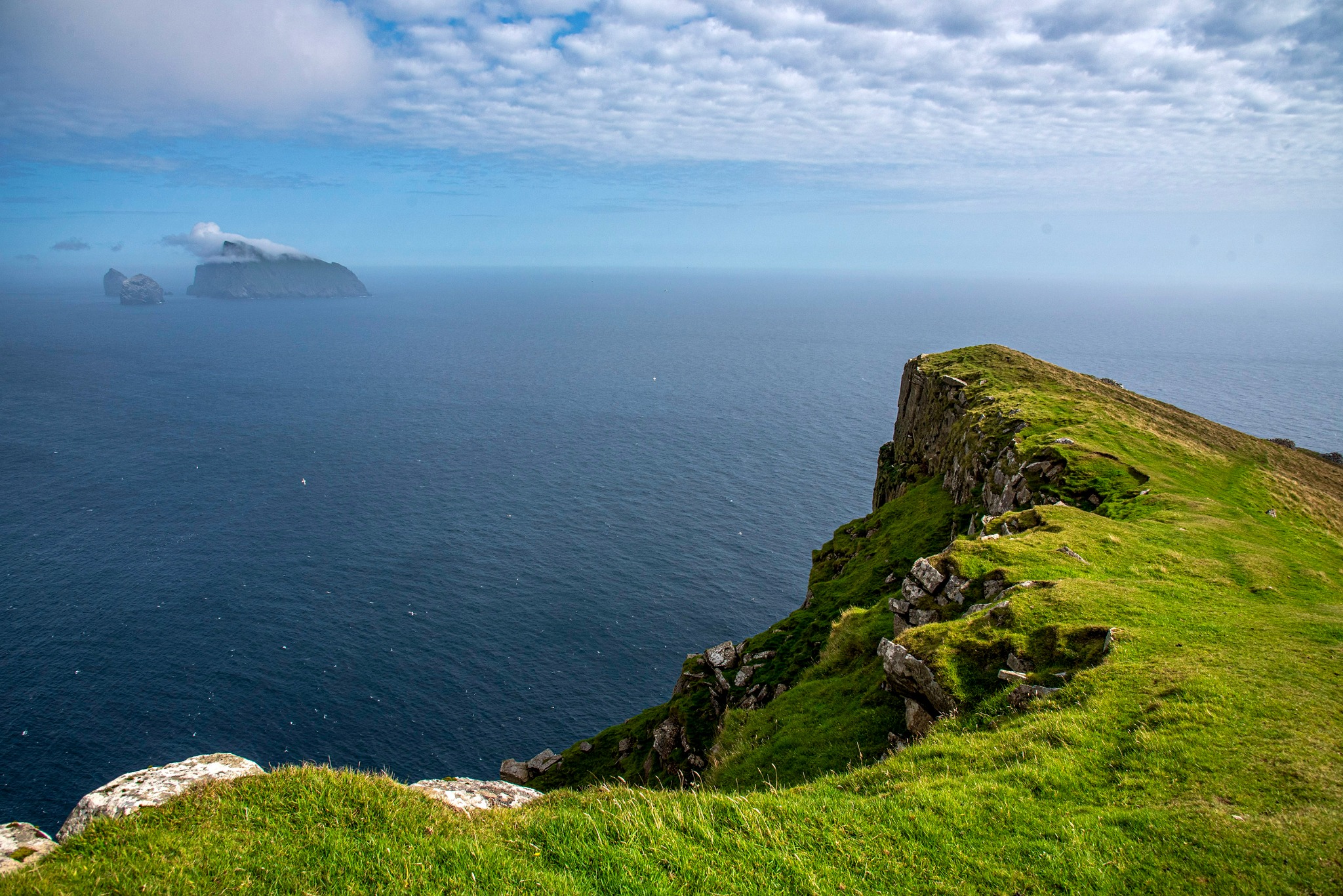
The NTS is continuously restoring and preserving the original houses and cleits on Hirta, putting them back in their original form. Each house has a placard displaying the names of their last occupants. One of them has been converted into a museum and holds information and artefacts from the bygone days. The rest are slowly being turned into accommodation for volunteers who help NTS with the restoration work. Water and electricity are provided from the military base station, though operated by civilians from a private firm now, while supplies arrive on boats from the mainland. There is even fuel storage available for powering the vehicles owned by the private firm managing the radar station. On one hand, I was awestruck by the remote ruggedness of the island, while on the other, fascinated by the ingenuity of humans to find a little comfort amidst the adversities of nature.
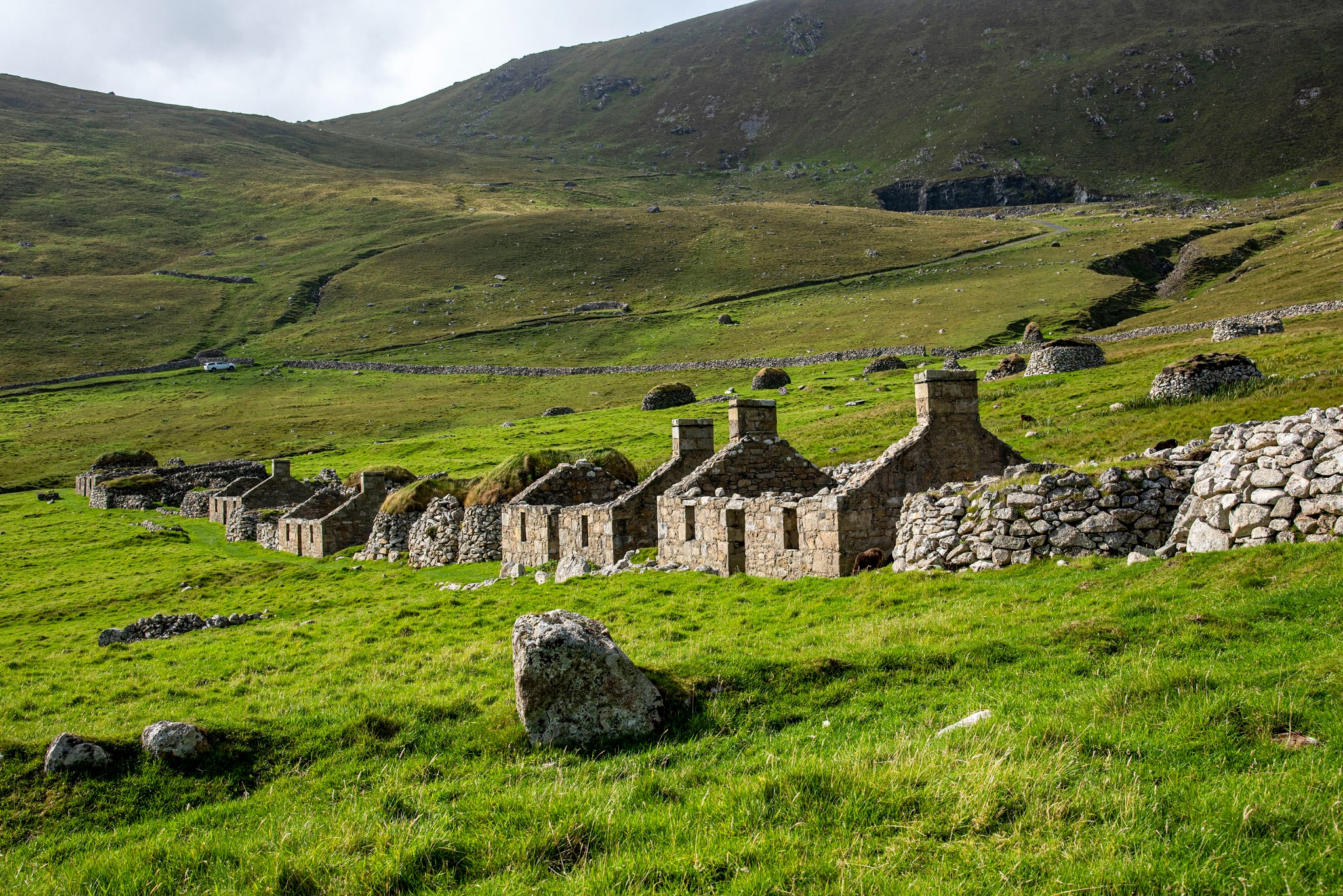
The stacks of Boreray
Around 3 pm we left the island and headed for the stacks of Boreray and see them up close. These dramatic cliffs of the St Kilda archipelago are home to the largest colony of North Atlantic Gannets. Photography continued to be a challenge. Along with the strong sun, I struggled to lock myself into a stable position in the moving boat. The high swell that had threatened to almost cancel our sailing on the day was rocking the boat at terrifying angles. Along with that, the slippery surface of the wet boat made a stable three-point contact practically impossible as sea-water splashed on the deck as I grappled to protect the camera and the lens.
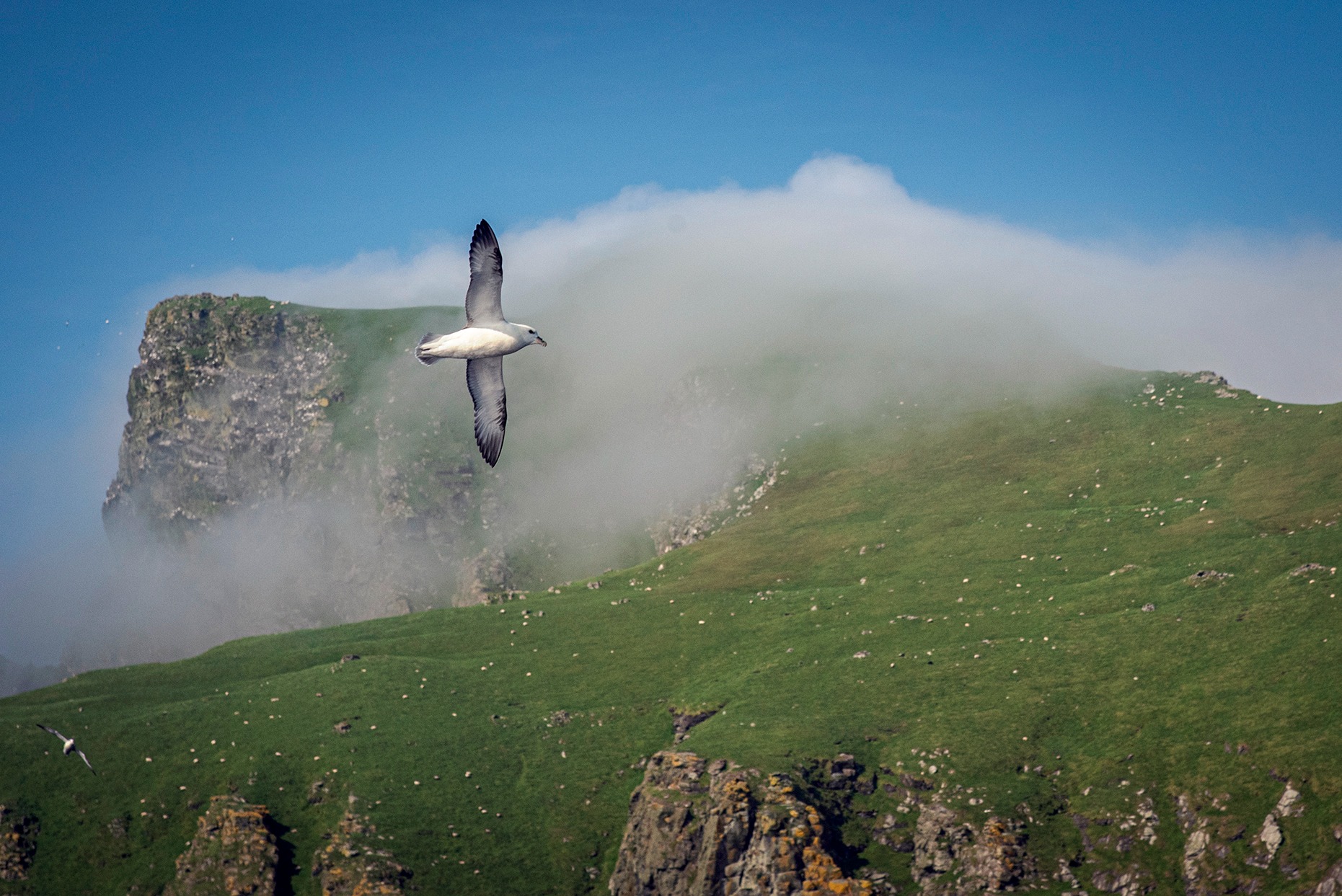
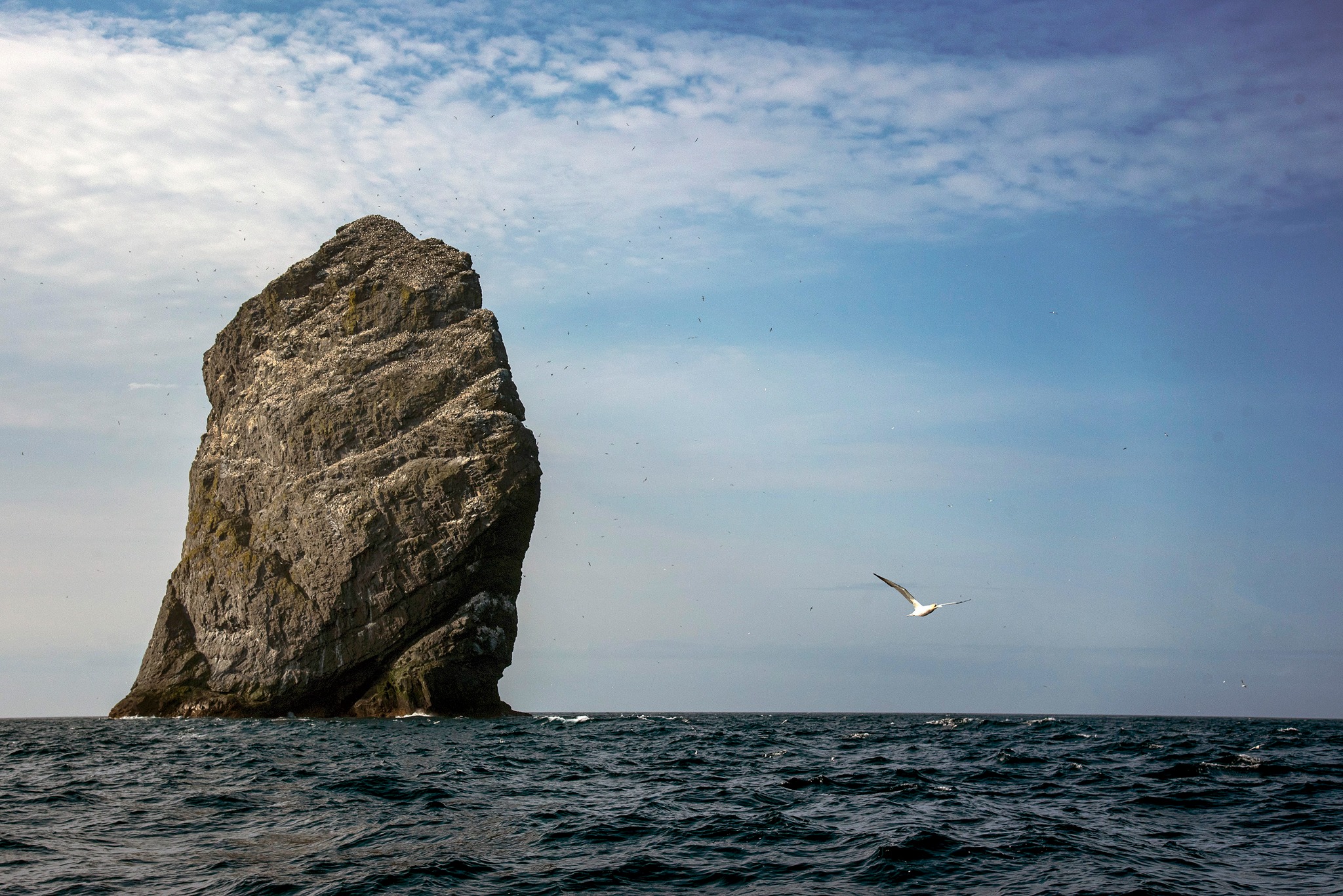

As the boat circled the stacks, our guide spoke in length about the ecological importance of the place and its associated history with the inhabitants of St Kilda, but his voice was barely audible over the wind, the cacophony of the birds and the noise of the waves crashing against the cliff faces. Despite the clear skies, the cliff tops were shrouded in thick clouds emerging from the micro-weather system of the islands. Thousands of birds flying and disappearing in the mist and clouds represented a different world. It was like watching a movie on a massive life-size screen.

The day ends
It was time to head back. The day that had started at eight at the Levenburgh ferry terminal amidst uncertainty and excitement was now nearing its end. It had been a memorable trip and the experience of a lifetime. The weather Gods had smiled. I was lucky to be among the few privileged to have experienced the fascinating faraway land called St Kilda.


Post a comment